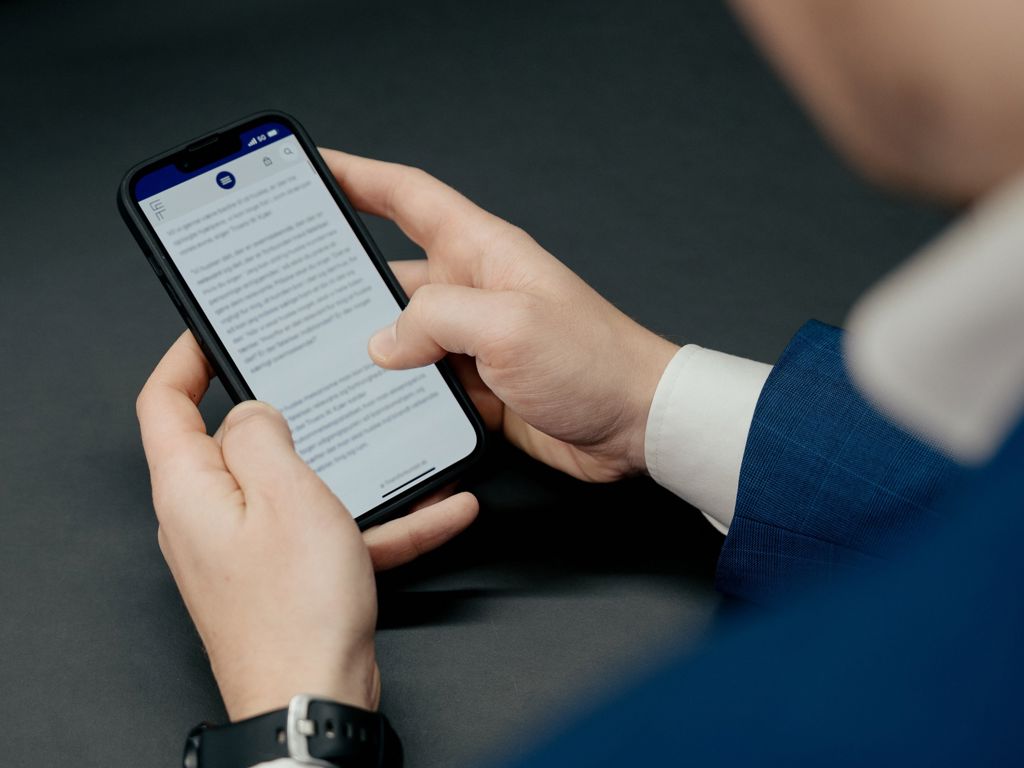The good LinkedIn Profile
LinkedIn can be a key factor in the search for the next job. Get a guide on how to make your profile look the best it can.
It has long been normal to make LinkedIn part of your career and work life.
Most people have at least created a profile.
According to LinkedIn, we only have 2.5 seconds to give a professional first impression to visitors to our LinkedIn profile. We get one chance to catch people’s attention so that they will want to stay and learn more about our skills, achievements and successes. Therefore, it is important that the profile have a professional expression so that it will pass the 2.5 seconds test. Here is a short guide to how to build a razor-sharp profile that is attractive to visitors.
Get more views with a profile picture
The very first thing we judge on a LinkedIn profile is the profile picture. Our brains are coded to look for and assess faces, so we can’t help but look at the profile picture as the very first thing.
If you have chosen a professional picture that is sharp, has good lighting and is a good likeness, you have already checked some important points on the list.
The profile picture checklist:
- A good likeness of you – and only you
- Preferably use a dedicated profile photo
- Smile and look welcoming
- Wear the clothes you would wear for professional purposes
- Avoid distracting elements in the background
- Sharp and in high resolution
- Avoid shadows and poor lighting
- Current photo
Statistics from LinkedIn show that profiles with a picture get up to 21 times more views.
Enhance the professional expression with a background picture
If you want to enhance your professional expression, you can add a background picture to your profile. The background is the largest visual area where you can freely determine how it looks in terms of design and images. Therefore, it is an effective way to show visitors what characterises you and your skills.
It is preferable to use a picture that emphasises your professional profile and expertise. This way, you can guide visitors to your profile to understand what you do, what your strengths and core competencies are and the value you create in your work.
What should you write?
Now you have mastered the visual aspects. Next you need to fill in the text.
When you fill out your profile, it is important to think about the keywords or ‘buzzwords’ that represent you. If you want to target your profile to a specific position or industry, it can be helpful to be selective with its buzzwords. Choose precisely the words or concepts used in the given industry so that you get the attention of the right decision maker on LinkedIn.
Your profile should generally be up to date and reflect past, present and future. It contains:
- A headline: Most people choose to write their current position or core competencies here. The headline is one of the first things we read on other people’s profiles. So find a text that represents you and your skills.
- A profile text: This describes you as a person and a professional. What are your values? How do you create results? How are you as a colleague, describe your self-narrative if necessary.
- Contact information: If you want to be contacted on LinkedIn for business purposes, it may be a good idea to fill in contact information on your profile.
- Your skills: What can you do? And how do you create value for an employer or partner?
- Relevant professional experience: What have you done in the past? What are you doing right now? Remember to be selective in your professional experience. For example, is it relevant to know about your student job as an office assistant 30 years ago? Select the most important positions and results.
- Your educational background: Including degrees, courses, certifications etc.
- References and acknowledgments: Try to get your (former) boss, manager, colleagues or partners to write a short reference or recommendation on your profile.
If you have completed the above and have thought about the impression you want to give your visitors, you are already well on the way to working professionally with your LinkedIn profile. It is always a good idea to get someone to read through your text for proofreading etc.
Remember to make sure your profile is ‘alive’. This means that you are active via likes, shares, comments, posts etc. Few people find it interesting to visit an inactive profile.
What next?
Now you are ready to expand your professional network. To start with, you can link up with the people you have been working with professionally in some way. They can be managers, colleagues, collaborators, friends etc.
It is always OK to be inspired by other people’s methods and successes and LinkedIn is precisely a platform where we share experiences and knowledge with each other. Are you the type that is curious to know how others have made careers in your profession? Write a polite message and an inquiry about whether you can link up and follow the person’s career. It can also be a person who works at a place where you want to get your foot in the door. Ask the person if you can connect so you can follow along on the sidelines a little.
Remember that LinkedIn is also packed with exciting articles, posts, discussion forums, groups etc. Use the search box at the top to find groups, people, businesses, jobs, content and more.
Have fun.





